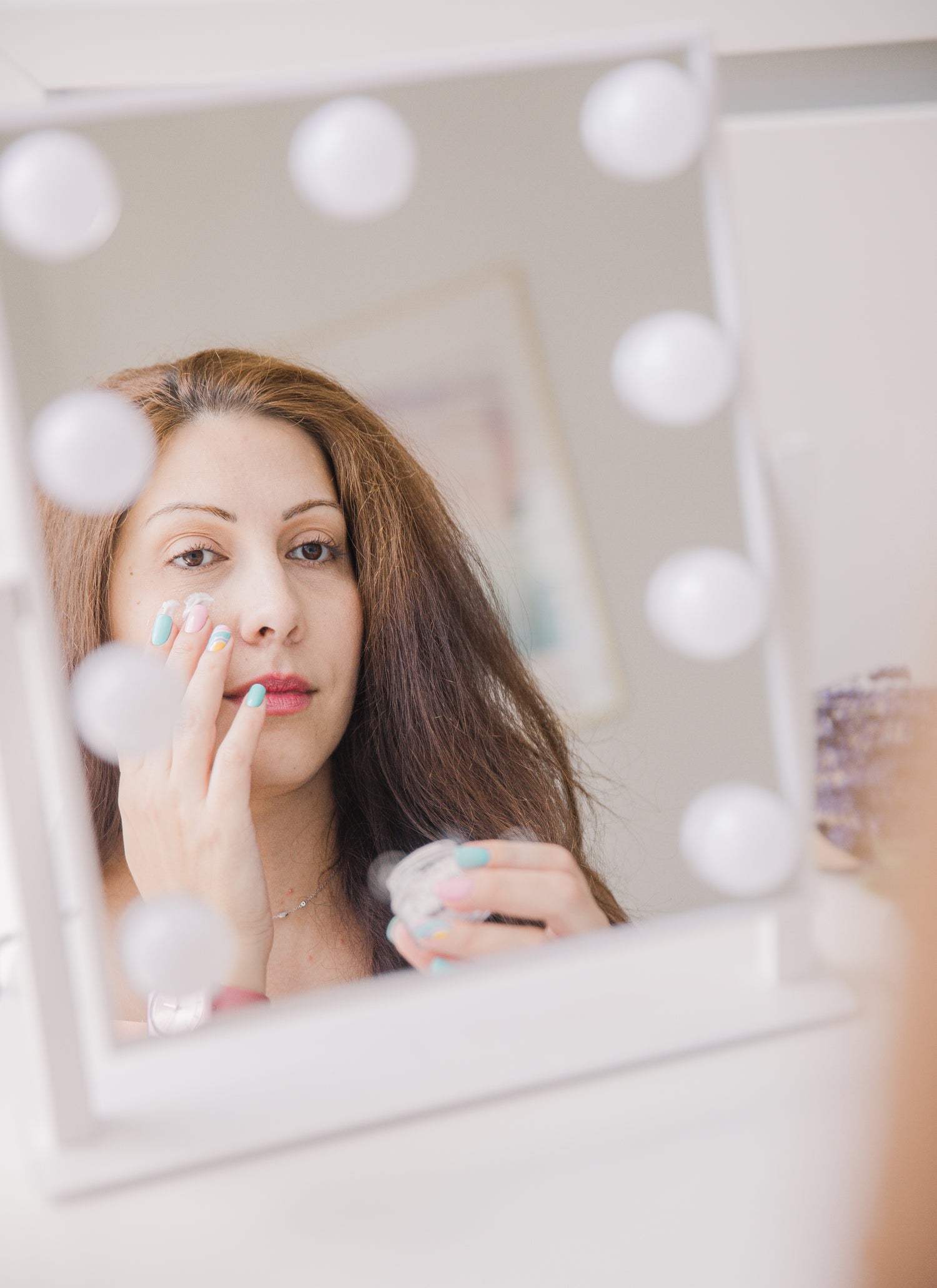
Platelet Rich Plasma
PRP (Platelet-Rich Plasma) is a non-surgical treatment that utilises your own plasma to support your skin's natural processes.
By harnessing your body's own growth factors, PRP may assist in improving the appearance of skin, with the potential to rejuvenate skin texture, elasticity, and overall health.
UNDERSTANDING YOUR PRP TREATMENT CONSULTATION
At Flawless Aesthetics, we understand that each individual's skin is unique.
Our PRP (Platelet-Rich Plasma) Consultation involves a comprehensive assessment of your skin's condition to discuss suitable treatment options.
During your consultation, your practitioner will do:
-
1. Comprehensive skin assessment
Your practitioner will conduct a thorough examination of your skin to assess its current condition and identify areas that may benefit from PRP treatment. This step helps ensure that the treatment plan is tailored to your individual needs and rejuvenation goals.
-
2. Thorough medical history review
To ensure your safety and the effectiveness of the treatment, your practitioner will review your medical history. This includes checking for any conditions or medications that might affect the suitability of PRP therapy for your skin.
-
3. Detailed explanation of the PRP process
Your practitioner will walk you through the PRP treatment process, explaining how Platelet-Rich Plasma is derived from your own blood to encourage natural healing and rejuvenation. They will provide clear details on what to expect before, during, and after the procedure.
-
4. Clear information on potential outcomes
Your practitioner will inform you of the expected outcomes of PRP therapy, ensuring you have realistic expectations for your results. They will also take the time to answer any questions, clarifying the treatment process and addressing any concerns to ensure you feel confident moving forward




THE PROCEDURE: WHAT TO EXPECT

Risks & Considerations
All aesthetic procedures carry some level of risk.
Possible side effects may include:
- Temporary redness, swelling, or bruising
- Tenderness or minor asymmetry
- Rare complications such as vascular compromise or tissue injury
Your practitioner will discuss these in detail and ensure you fully understand them before deciding whether to proceed.
Immediate medical review is available for any post-treatment concerns.
WHO PERFORMS THE TREATMENT
All consultations and procedures are carried out by AHPRA-registered practitioners trained in facial anatomy and cosmetic medicine safety. Our clinic follows the Medical Board of Australia’s 2025 Guidelines for Cosmetic Procedures.
Clients are welcome to request practitioner AHPRA registration details during their appointment for added reassurance and transparency.
FAQs
PRP (Platelet-Rich Plasma) is a non-surgical treatment that uses a concentrated form of your own blood, which is rich in platelets, to support skin health and appearance. Platelets contain growth factors that may play a role in supporting natural healing processes, potentially improving skin texture and tone.
PRP treatment works by using your body’s own platelets to support natural healing processes. Platelets contain growth factors that can assist in the rejuvenation of skin and tissue. The PRP is injected into the targeted areas, where it may support the skin’s natural regeneration processes.
PRP therapy is commonly used in cosmetic treatments for skin rejuvenation, potentially improving skin texture, elasticity, and tone. It is also used for hair restoration and wound healing. The treatment may be helpful for a variety of aesthetic concerns, including fine lines and wrinkles, though results vary by individual.
PRP treatment is generally considered safe as it uses your own blood, which reduces the risk of allergic reactions or disease transmission. However, as with any cosmetic procedure, there may be potential risks, such as mild discomfort, temporary swelling, or redness at the injection site. It’s important to consult with a qualified practitioner to determine if PRP is right for you.
The number of PRP treatments required will vary depending on your specific skin goals and response to the treatment. Typically, a series of treatments may be recommended for optimal results, but your practitioner will tailor a treatment plan to your individual needs.
Disclaimer: The content on this page is provided for general educational purposes only. Flawless Aesthetics does not advertise, display, or promote prescription-only medicines. All treatments are performed following a thorough medical assessment, informed consent, and in accordance with AHPRA and TGA advertising regulations. Individual results may vary, and no guarantee of outcome is implied. This service is intended for clients aged 18 years and over.

